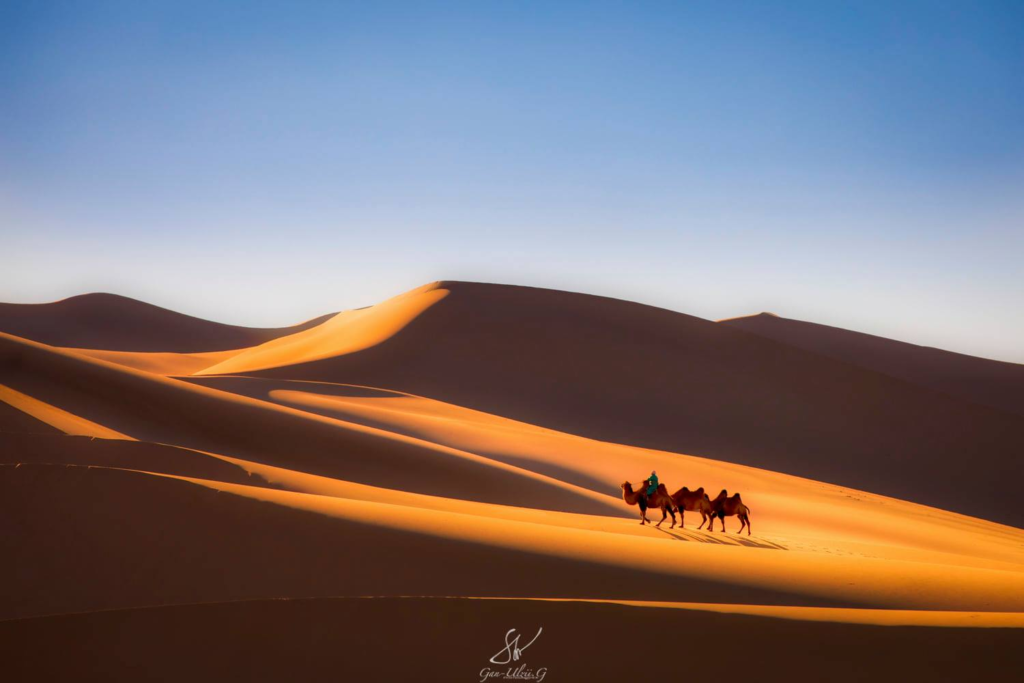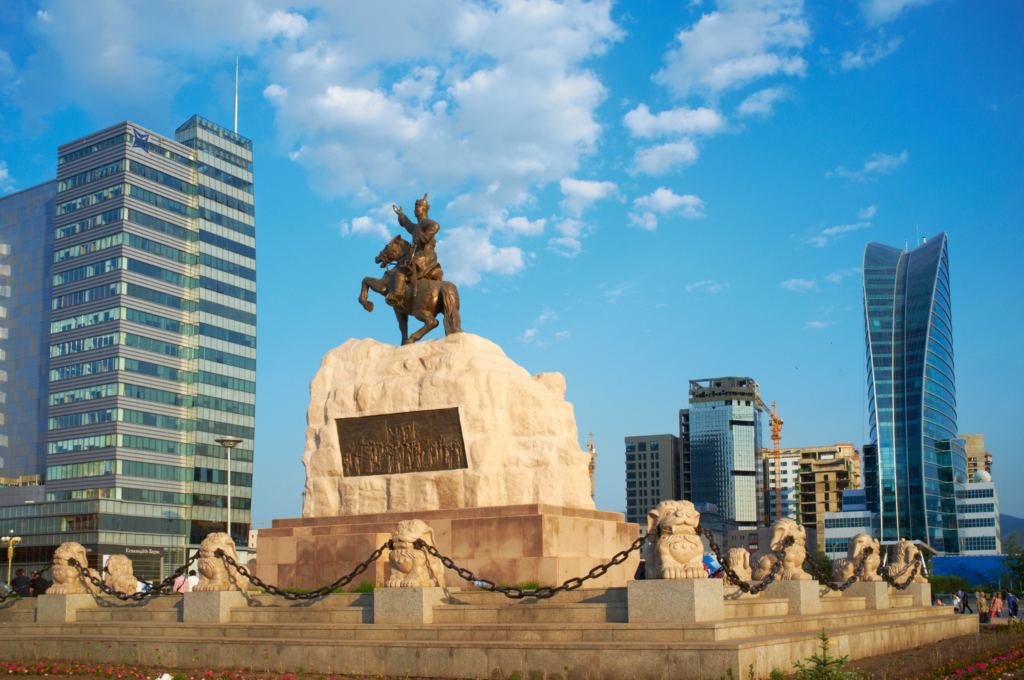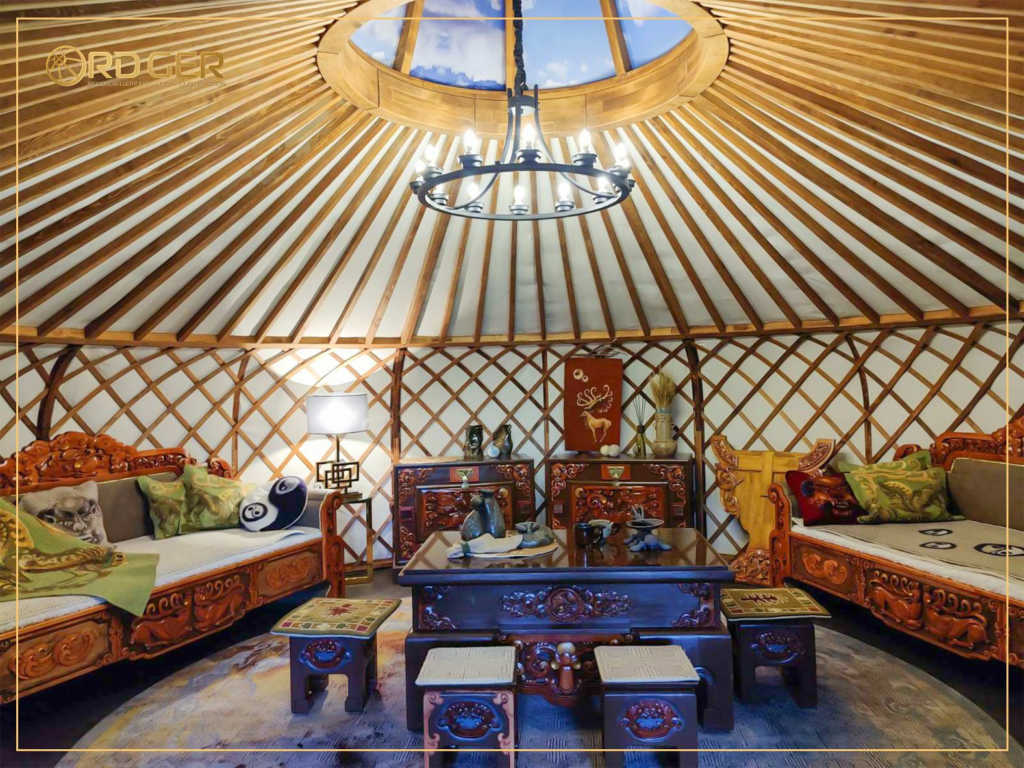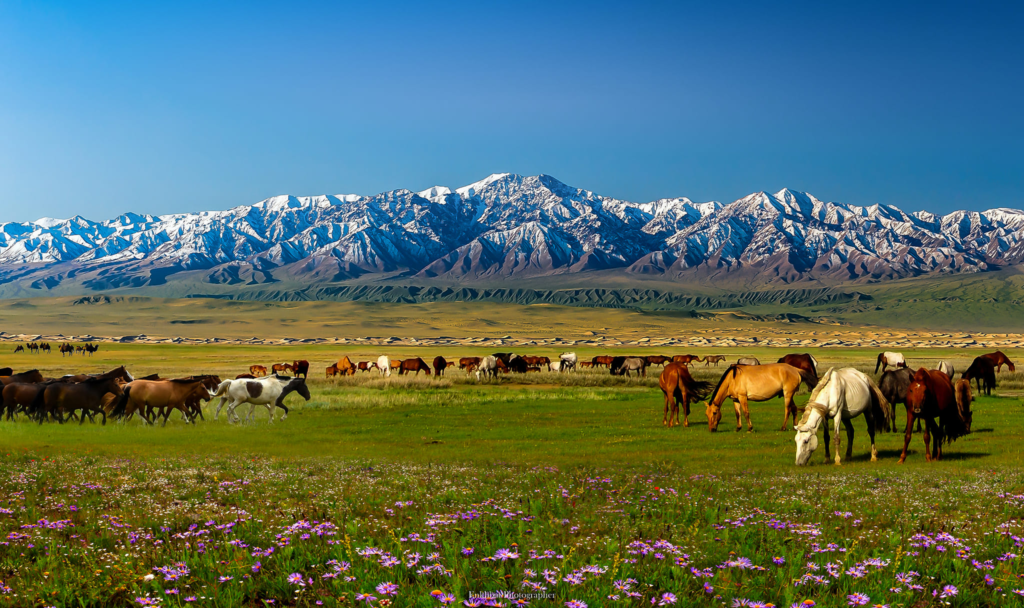Mongolian wrestling, deeply rooted in the nomadic way of life, has been passed down through generations, shaping the physical prowess and camaraderie of Mongolian communities.
Historical Roots and Cultural Significance
Bukh has its origins deeply embedded in Mongolian history, dating back centuries to the times of Genghis Khan. Historically, it served as a crucial method of training for warriors, enhancing their strength and agility for battle. Over time, it evolved into a revered cultural tradition, becoming an integral part of festivals, celebrations, and Naadam, Mongolia’s “Three Manly Games.”
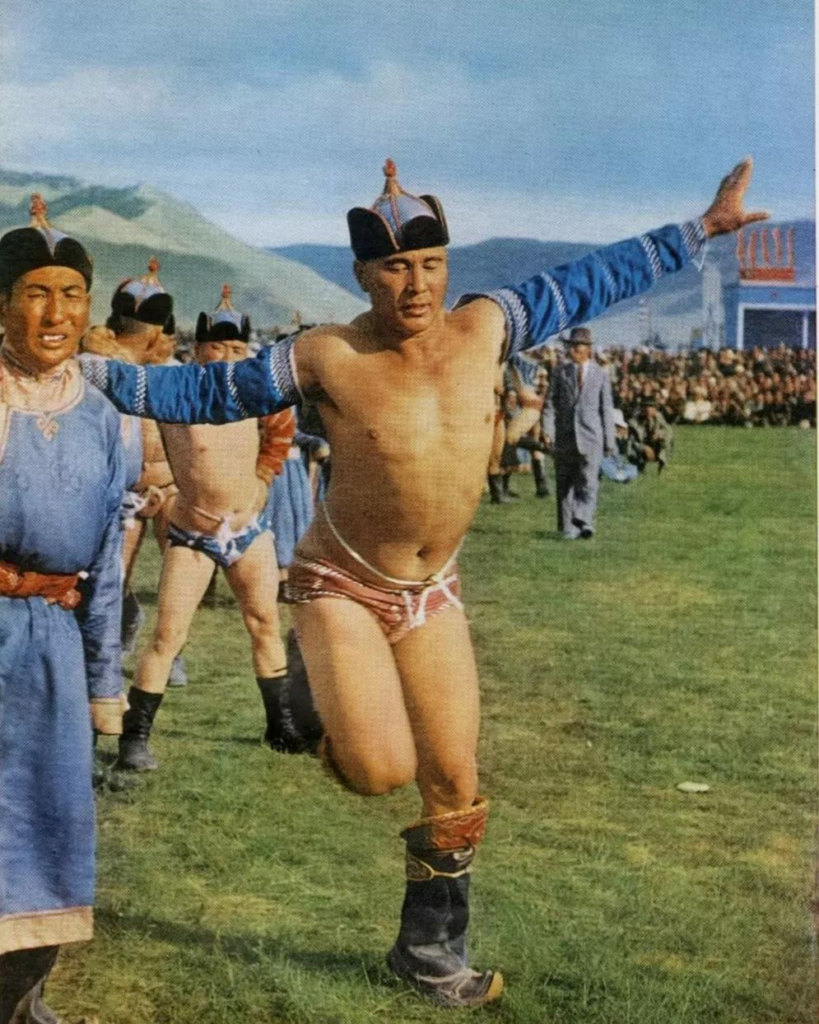
The cultural significance of Bukh extends beyond its physical aspects. It is a symbol of honor, discipline, and respect. Wrestlers, known as “Bukh,” enter the arena clad in traditional boots, tight briefs, and an open-fronted jacket, exposing their chiseled bodies. The intricate rituals before each match, including the eagle dance and the striking of specific poses, add a layer of ceremonial grandeur to the sport.
The Rules of Mongolian Wrestling
Mongolian Wrestling follows a unique set of rules that distinguish it from other forms of wrestling. The objective is to force your opponent to touch the ground with any part of their body, excluding their feet and hands. Matches are intense, with a series of precise movements, grips, and throws. The traditional outfit not only serves as a uniform but also provides specific holds for the wrestlers.
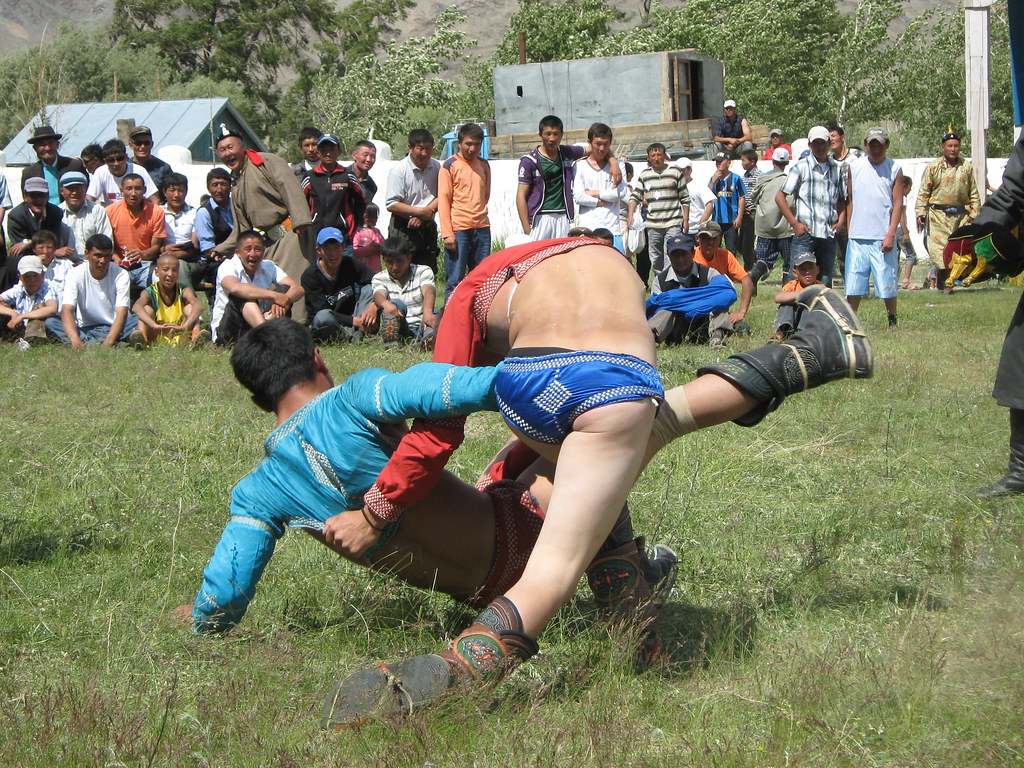
What makes Bukh particularly captivating is its inclusive nature. Unlike weight-class-based systems in many modern sports, Bukh embraces a system where competitors of various sizes can face off. This inclusivity adds an unpredictable and exciting element to the matches, showcasing the adaptability and skill of the wrestlers.
Cultural Festivals and Naadam Celebrations
Bukh takes center stage during Mongolia’s grandest cultural festival, Naadam, often referred to as the “Three Manly Games.” Alongside horse racing and archery, traditional Mongolian wrestling completes the trio of sports that celebrate the nomadic way of life. The festivity attracts participants and spectators from all corners of Mongolia, fostering a sense of national pride and unity.

The wrestling arena, known as “Mod,” becomes a battleground where skilled wrestlers display their prowess and vie for the title of “Nachin,” the highest honor in Mongolian wrestling. The festive atmosphere, adorned with vibrant colors, traditional music, and the fervor of the crowd, transforms Naadam into a spectacle that encapsulates the spirit of Mongolia.
Preserving the Legacy
While Mongolia undergoes modernization and embraces the conveniences of the contemporary world, the tradition of Bukh remains a resilient pillar of Mongolian identity. Efforts to preserve and promote this ancient wrestling art are evident in schools, local communities, and national tournaments. Young aspiring wrestlers, with dreams of becoming the next Nachin, train rigorously, bridging the gap between past and present.

In the heart of the Mongolian steppes, where the wind whispers tales of ancient warriors and the land echoes with the spirit of Genghis Khan, Bukh continues to thrive as more than just a sport. It is a living testament to the enduring strength, cultural heritage, and unyielding spirit of the Mongolian people.
Embracing the Spirit of Bukh
The spirit of Bukh goes beyond the confines of the wrestling arena; it permeates the fabric of Mongolian society. Wrestlers, revered for their strength and sportsmanship, become local heroes and sources of inspiration for the younger generation. The values instilled in the training grounds, such as resilience, discipline, and respect, extend to daily life, contributing to the tight-knit community bonds that define Mongolian nomadic culture. As the echoes of wrestling matches resound across the vast landscapes, they serve as a reminder that Bukh is not merely a sport but a cultural cornerstone that weaves the threads of tradition into the vibrant tapestry of Mongolian identity.

